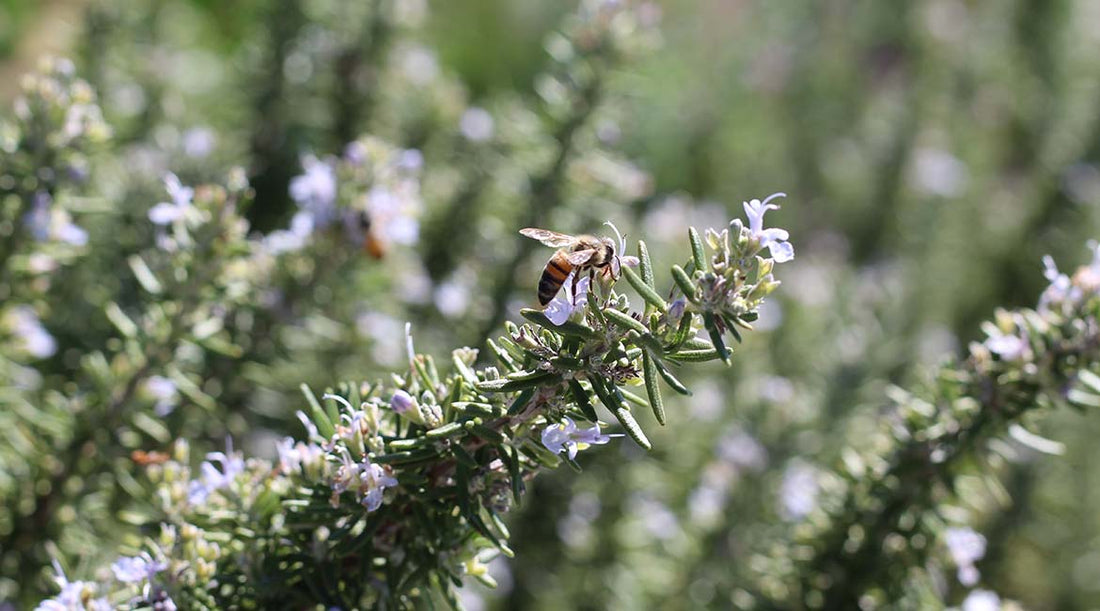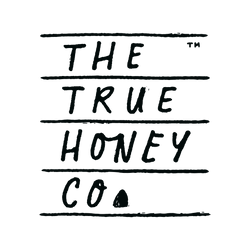
As a honey lover, it kinda follows that you also care about the makers of that lovely golden stuff. But did you know that more than one third of what we eat relies on bee pollination too?
Honeybees are important for pollinating all our fruits and berries and many of our vegetable crops. They don’t need us as much as we need them. Right now bees in New Zealand and around the world are being critically threatened by Varroa, pesticides like neonicotinoids, the mass die-offs of colony collapse disorder and loss of habitat and steady food sources.
So we need to make a real effort to protect our stripy little pals and help them to thrive. And although the above sounds rather bleak, the good news is that you can make a difference right in your own backyard this spring.
Here’s how to plant a bee friendly garden
- When the weather warms up after winter, bees emerge from their hives very hungry. Spring flowering plants are very important at this time although just as importantly, a range of plants that flower at different times providing nectar and pollen will ensure our stripy mates have a constant balanced food source. Follow the link below for some ideas when planning to plant “Trees for Bees” http://www.treesforbeesnz.org/__data/assets/pdf_file/0020/71327/tfb-plant-flowering-times.pdf
- Plant large groups of flowers together. If they’re native to your area, that’s even better.
- Bees like a good landing platform or flowers that are tubular at the base where all the nectar sits. So try to choose flowers with a single row of petals where it’s easy to get to the centre.
- Plant yellow, white, blue and purple flowers. ...bees can see only these four colours clearly. Red looks black to bees, but they can see orange a bit too.
- Create an edible garden and feed your family as well as the bees: plant flowering vegetables and fruiting plants.
- Plant herbs that attract bees. See our list below, but ask at your garden centre about the best herbs for your climate and your garden.
- Provide a shallow ‘pond’ in your garden, as bees need a reliable supply of water to cool their hives and dilute honey to feed their larvae. By ‘pond’ a shallow ceramic dish to catch rainwater is often enough. Be sure to add some stones to the water, so the bees have a place to stand while they drink.
- The biggest dangers to bees are chemical sprays, so try to keep organic and spray free. Perhaps you can talk to your neighbours about becoming spray free and bee friendly too. Imagine that – whole neighbourhoods and towns turning into bee sanctuaries!
And what to plant in it
- Flowers like lavender, forget-me-not, nasturtium, salvia (blue varieties), cornflower, sunflower, poppy, geranium, sweet alyssum, marigold, cosmos, echium, phacelia, pineapple sage.
- Herbs like sage, coriander, borage, lemon balm, marshmallow, rocket, calendula, catnip, rosemary, thyme.
- Fruit and Vegetables like brassicas (such as cauliflower and broccoli), stone and pip fruit, cucurbits (including zucchini, pumpkin and cucumber), carrots, mustard greens, peas and beans, tomatoes.
The ideas above are just scratching the surface. To dig a little deeper, ask at your local plant nursery or garden centre.
You’re very welcome to join us on our Facebook page to share what you’re planting for the bees this season. We love seeing your photos too!

